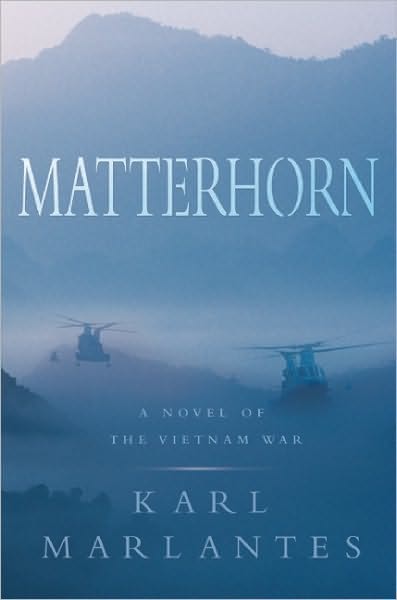By Nick Turse
TomDispatch

...
War on Your Doorstep
Earlier this year, Junger reviewed a new Vietnam War novel, veteran Karl Marlantes’s Matterhorn, for the New York Times Book Review. In a glowing front-page appraisal, he wrote, “Combat is not really what ‘Matterhorn’ is about; it is about war. And in Marlantes’s hands, war is a confusing and rich world where some men die heroically, others die because of bureaucratic stupidity, and a few are deliberately killed by platoon-mates bearing a grudge.” Analyzing Junger’s misreading of Matterhorn helps to unlock his misconceptions about war and explains the problems that dog his otherwise cinematically-pleasing, and in some ways useful, film.
Millions of Vietnamese were killed and wounded over the course of what the Vietnamese call the “American War” in Southeast Asia. About two million of those dead were Vietnamese civilians. They were blown to pieces by artillery, blasted by bombs, and massacred in hamlets and villages like My Lai, Son Thang, Thanh Phong, and Le Bac, in huge swaths of the Mekong Delta, and in little unnamed enclaves like one in Quang Nam Province. Matterhorn touches on none of this. Marlantes focuses tightly on a small unit of Americans in a remote location surrounded by armed enemy troops -- an episode that, while pitch perfect in depiction, represents only a sliver of a fraction of the conflict that was the Vietnam War.
It’s not surprising that this view of war appealed to Junger. In Restrepo, it’s his vision of war, too.
Restrepo’s repeated tight shots on the faces of earnest young American soldiers are the perfect metaphor for what’s lacking in the film and what makes it almost useless for telling us anything of note about the real war in Afghanistan. Only during wide shots in Restrepo do we catch fleeting glimpses of that real war.
In the opening scenes, shot from an armored vehicle (before an improvised explosive device halts a U.S. Army convoy), we catch sight of Afghan families in a village. When the camera pans across the Korengal Valley, we see simple homes on the hillsides. When men from Battle Company head to a house they targeted for an air strike and see dead locals and wounded children, when we see grainy footage of a farm family or watch a young lieutenant, a foreigner in a foreign land, intimidating and interrogating an even younger goat herder (whose hands he deems to be too clean to really belong to a goat herder) -- here is the real war. And here are the people Junger and Hetherington should have embedded with if they wanted to learn -- and wanted to teach us -- what American war is really all about.
Few Americans born after the Civil War know much about war. Real war. War that seeks you out. War that arrives on your doorstep -- not once in a blue moon, but once a month or a week or a day. The ever-present fear that just when you’re at the furthest point in your fields, just when you’re most exposed, most alone, most vulnerable, it will come roaring into your world.
Those Americans who have gone to war since the 1870s -- soldiers or civilians -- have been mostly combat tourists, even those who spent many tours under arms or with pen (or computer) in hand reporting from war zones. The troops among them, even the draftees or not-so-volunteers of past wars, always had a choice -- be it fleeing the country or going to prison. They never had to contemplate living out a significant part of their life in a basement bomb shelter or worry about scrambling out of it before a foreign soldier tossed in a grenade. They never had to go through the daily dance with doom, the sense of fear and powerlessness that comes when foreign troops and foreign technology hold the power of life and death over your village, your home, each and every day.
The ordinary people whom U.S. troops have exposed to decades of war and occupation, death and destruction, uncertainty, fear, and suffering -- in places like Vietnam, Laos, Cambodia, Iraq, and Afghanistan -- have had no such choice. They had no place else to go and no way to get there, unless as exiles and refugees in their own land or neighboring ones. They have instead been forced to live with the ever-present uncertainty that comes from having culturally strange, oddly attired, heavily armed American teenagers roaming their country, killing their countrymen, invading their homes, arresting their sons, and shouting incomprehensible commands laced with the word “fuck” or derivations thereof.
Since World War I, it’s been civilians who have most often born the disproportionate brunt of modern warfare. It’s been ordinary people who have lived with war day after day. In Restrepo such people -- Afghan elders seeking information on someone the Americans detained, villagers seeking compensation for an injured cow the Americans butchered into fresh steaks, and a man who angrily asks the Americans and their translator to point out the Taliban among civilians killed by a U.S. air strike -- are just supporting characters or extras.
To Read the Entire Essay

No comments:
Post a Comment